The 2015 Hyundai Genesis; or should we say “2015 Genesis Genesis”?
- Written by Dan Heyman
- Published in CAR REVIEWS
- font size decrease font size increase font size
- Be the first to comment!
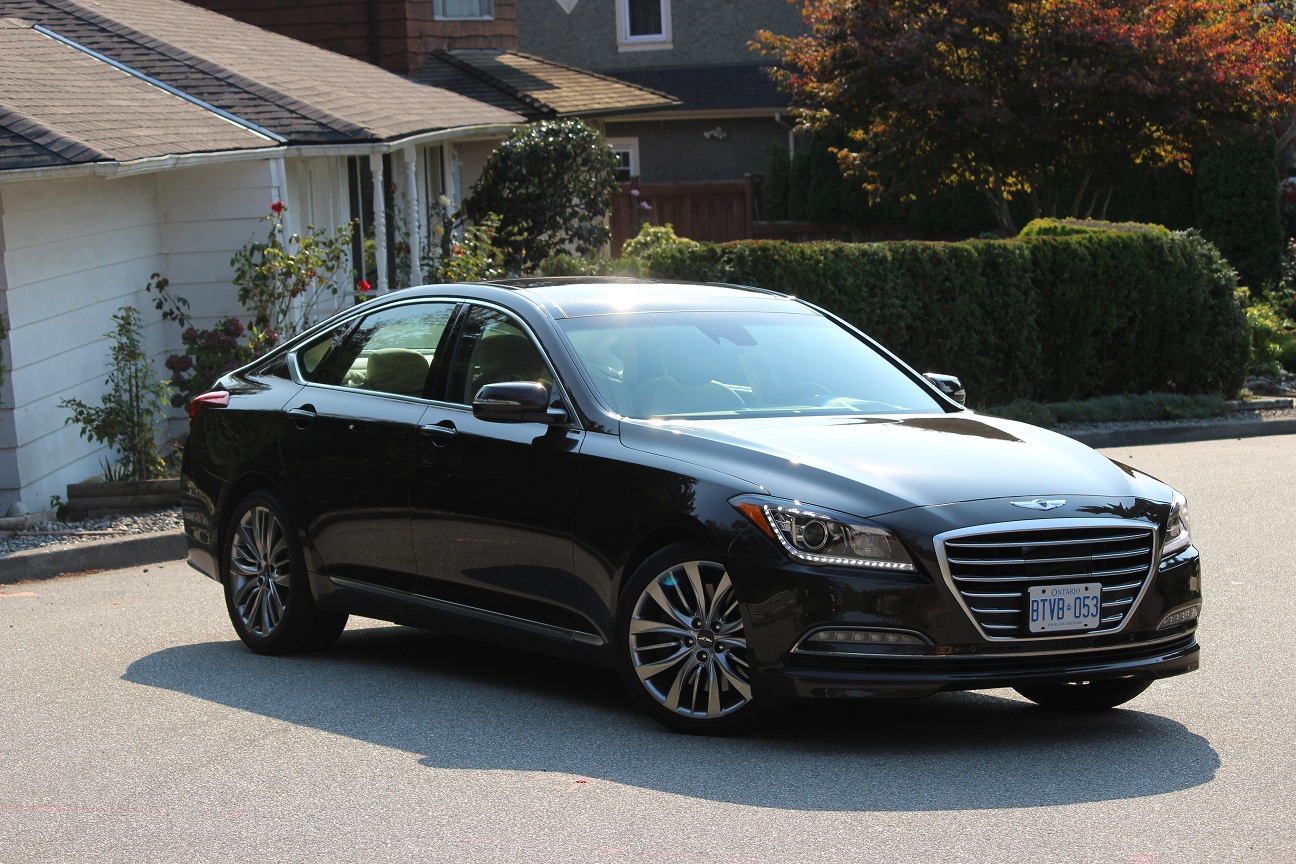
The 2015 Hyundai Genesis is as mighty a Hyundai product as we’ve seen on our shores. The exterior styling will turn your head (hopefully not just because the way the license plate looks weird sitting mid-grille), the interior is filled with all sorts of luxurious niceties and there’s even a V8 available, as seen here.
It drives impeccably, save for the 420-hp V8 having a little trouble masking the car’s 2,126-kilo curb weight. That’s really only a bother when you’re really hoofing it, which isn’t really what you're meant to do with the Genesis.
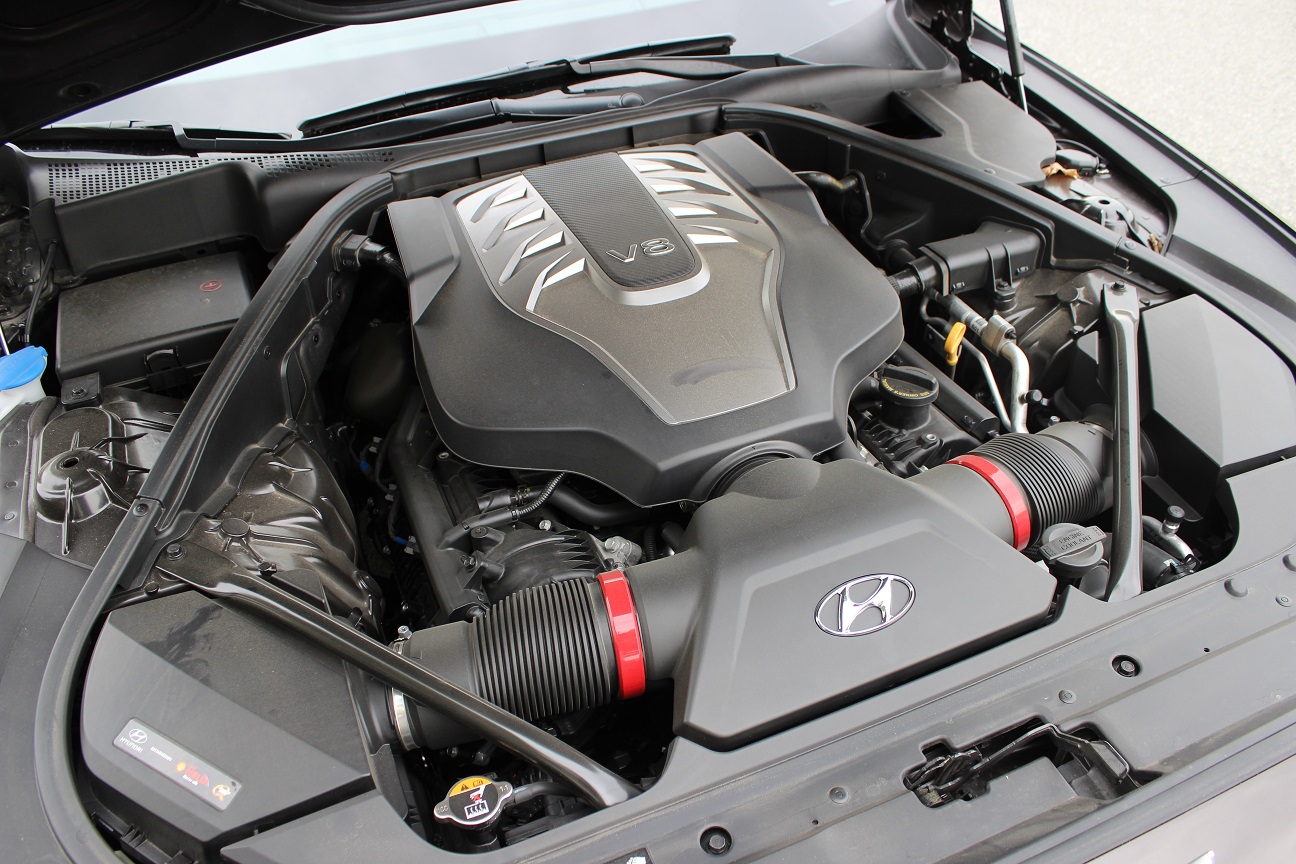
There’s even a hatchback-like long-hood profile, so it can go toe-to-toe in the profile department with the likes of the Audi A7 (from which Hyundai seems to be borrowing the grille) or Mercedes-Benz CLS-Class. This here’s a head-turner, there’s no doubt about it.
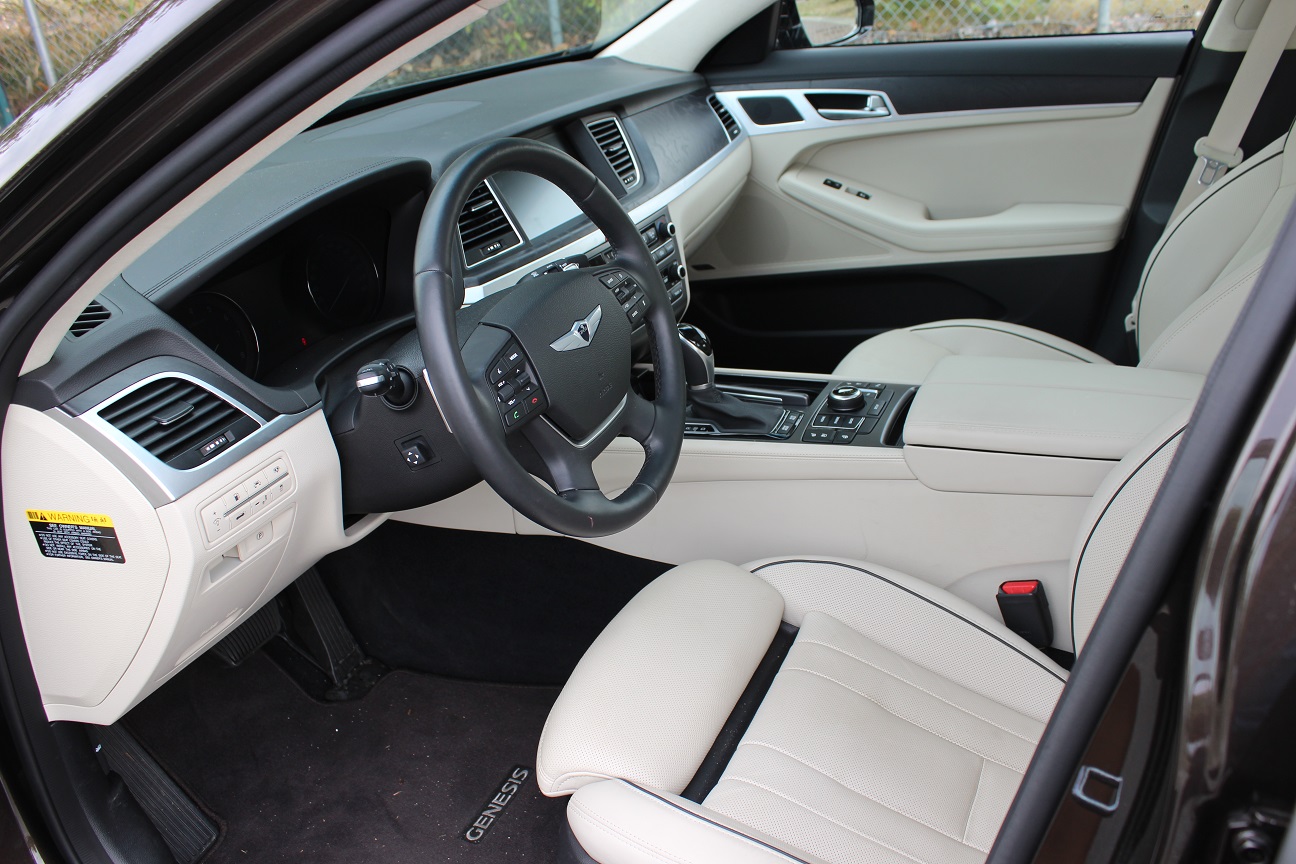
But remember: Hyundai is South Korean, and the South Koreans like big cars. You may think of base-level Elantras and Accents when you consider the brand’s portfolio in North America, but there’s a lot more to it than that.
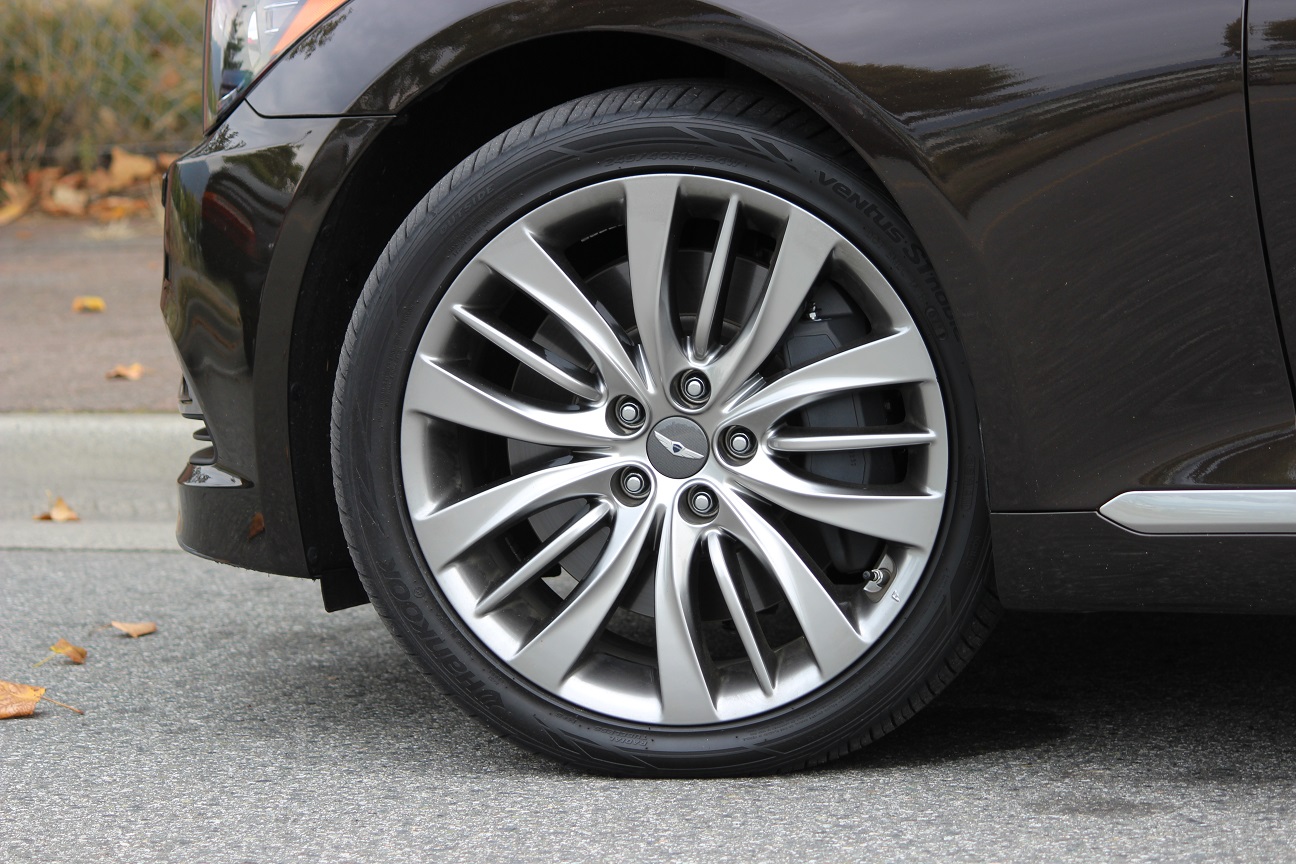
Which begs the question: why doesn’t Hyundai just get on it already, and make a luxury brand called precisely that: “Genesis”? They’re obviously trying something by keeping “Hyundai” badging to a minimum on this latest model; really, it’s a way of saying “if Hyundai can make something as luxo as this, imagine what they can do with the Sonata!”
Crazy? Maybe, but that’s what people were saying when Toyota released the Lexus brand in 1989. Look at it now.
Hyundai is making wonderful progress, but if they really want to take it to the leaders from Japan, then it stands to reason that a Luxury sub-brand is in the cards.
Why do you think the Lexus ES looks so much like the Toyota Camry? Why the Cadillac Escalade so much like the Chevrolet Tahoe? It’s because a luxury brand is, essentially, a license to print money. You have the platforms; heck you have the cars and it’s often just a matter of switching the badges, adding some fancy Napa leather and a better hi-fi. The service required is the same, the parts can be shared and any mechanic qualified to work on one should be able to work on the other.
OK, that may be a little primitive, but think about it. Hyundai has the Genesis Sedan, the Genesis Coupe (a car that, in a shift up-market, can no longer be specced with a four-cylinder engine), the Equus and the Santa Fe XL, already pitched as a bit of an up-market alternative to the Santa Fe Sport.
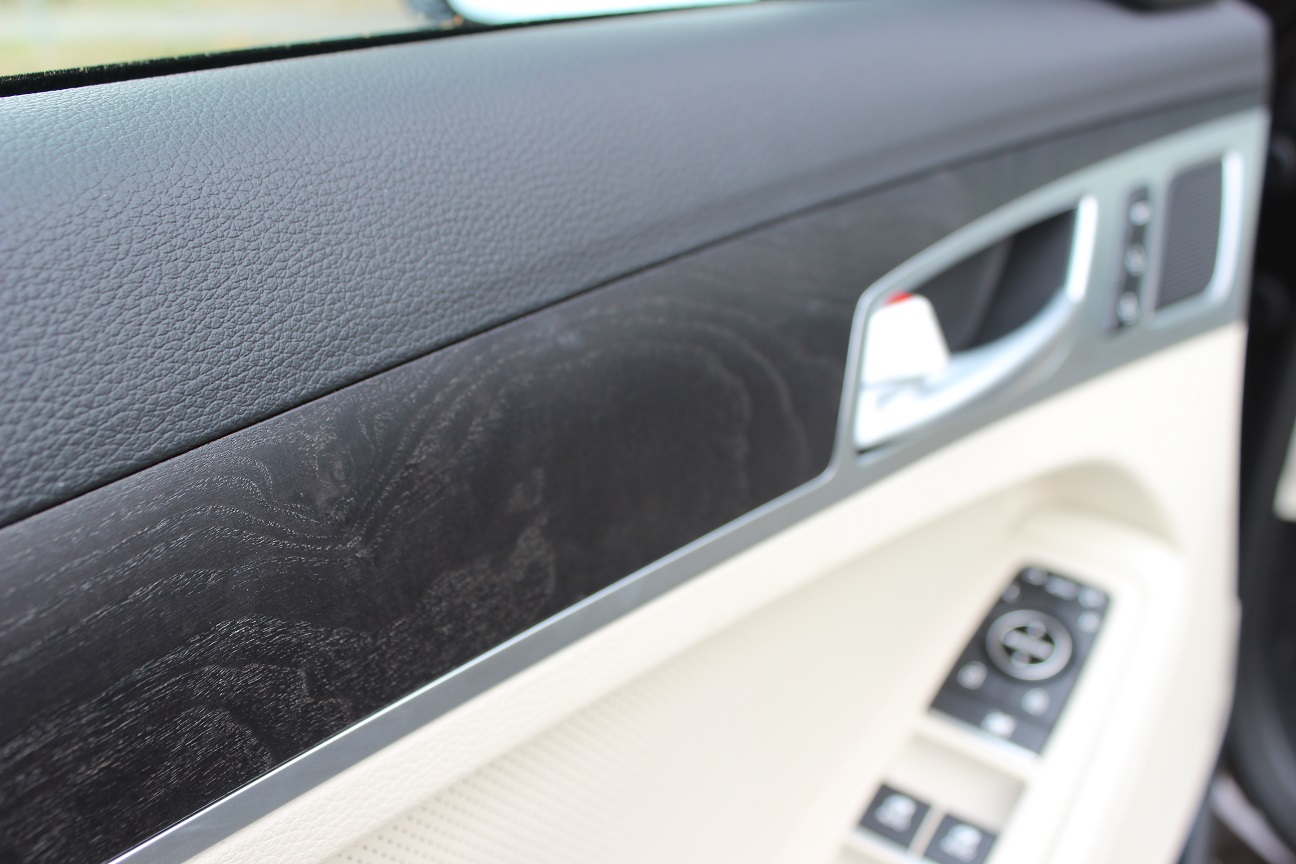
Wouldn’t it be great to see all that wonderful carpeting, nice lighting, open-pore wood et. al. from the Genesis in something like a Santa Fe XL? Sorry; a “Genesis XL”.
Yes, there’s the issue with the dealer network; you need a place to sell a luxury brand, as you wouldn’t necessarily want cars from that brand sharing showroom real estate with “lesser” models. The answer is thus: pick a few choice Hyundai dealers to start—those in the more affluent areas of North America’s bigger cities and suburbs, for example—and change them to Genesis dealers.
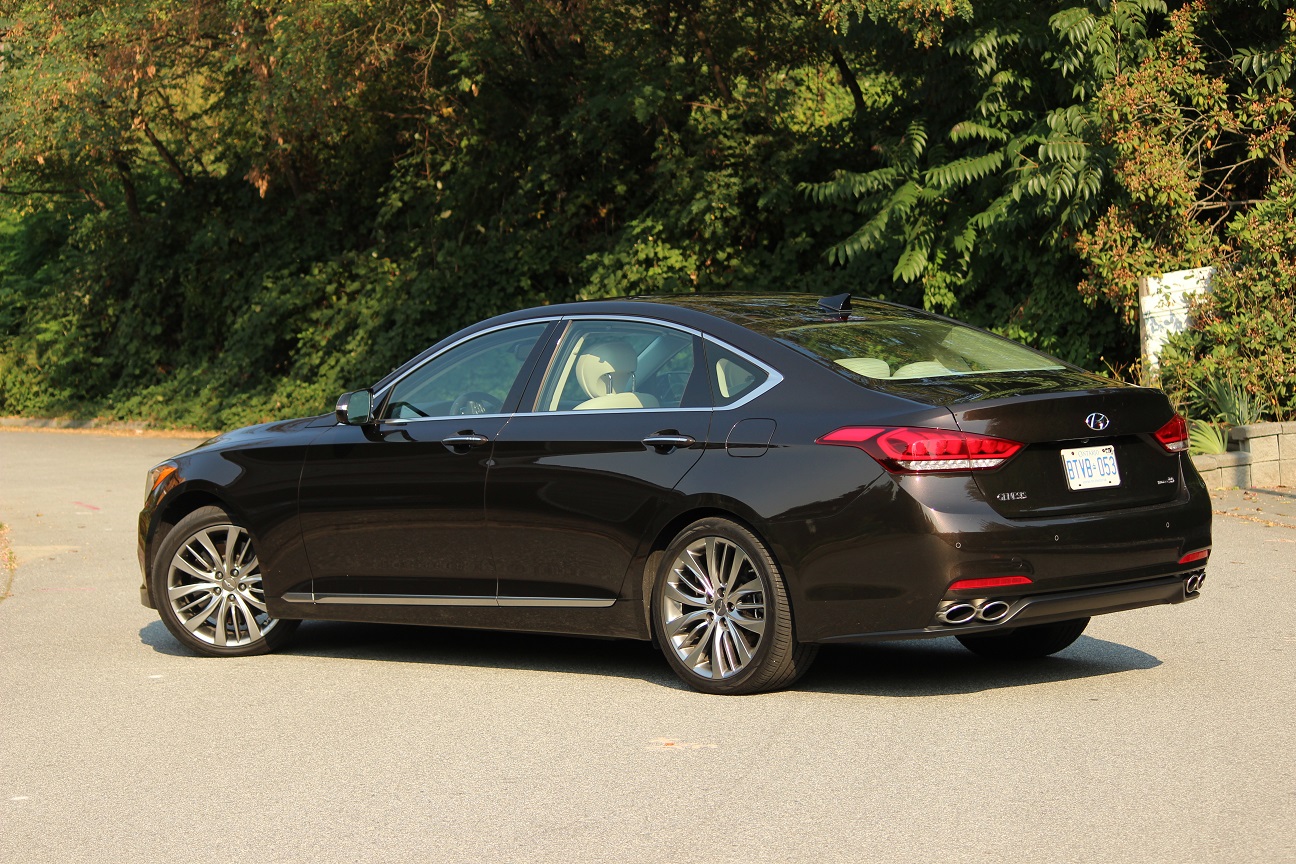
Yes, as of right now, the Genesis nameplate doesn’t have the same recognition of its parent brand, but neither did Kia when it first came under Hyundai control, and look where it is now. There must be a reason why your 2015 Genesis is just that—a “2015 Genesis”—and don’t be surprised if you start seeing that badge in a much bigger scale on top of a signpost.
